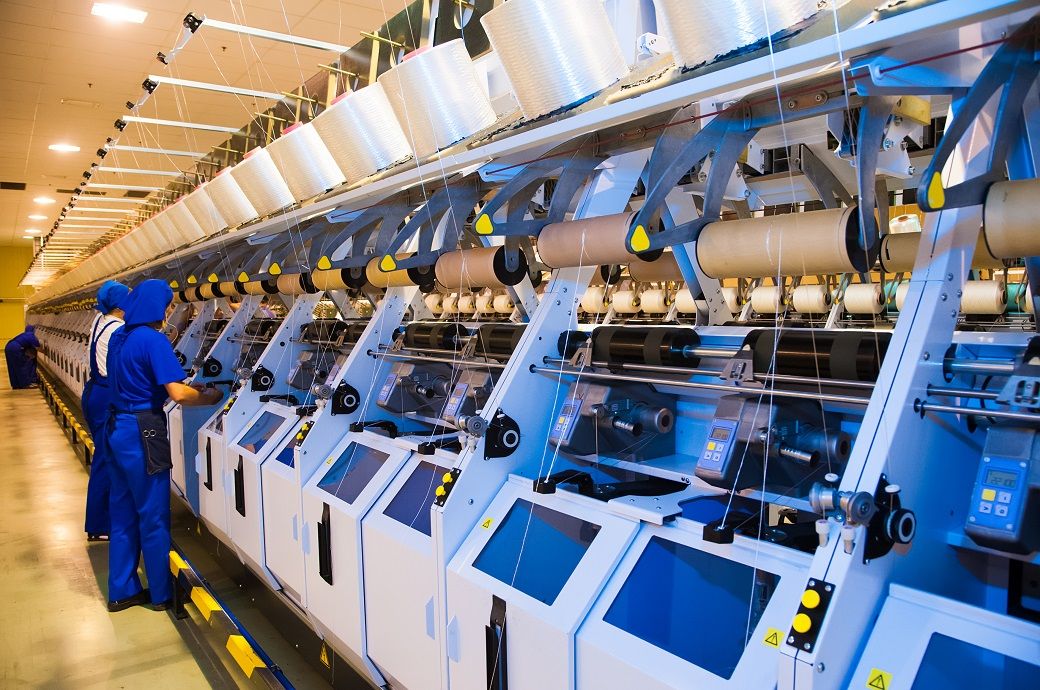
September PMI data from market intelligence agency S&P Global indicated a strong improvement in the health of the Indian manufacturing industry, as companies stepped up production in tandem with a sustained increase in new work intakes. Rates of expansion remained historically high, despite easing from August. To accommodate higher sales and greater output needs, firms hired extra workers and acquired more inputs.
Factory orders continued to increase at the end of the second fiscal quarter, stretching the current sequence of expansion to 15 months. Despite easing to the weakest since June, the rate of growth was sharp. Anecdotal evidence pointed to greater demand from domestic and international clients. Indeed, new export orders rose further in September.
The increase was marked, the sixth in consecutive months and the fastest since May. Indian manufacturing production grew for the fifteenth consecutive month in September, and at a slower rate that was nevertheless above its long-run average. The upturn was reportedly underpinned by new business growth, demand resilience, and expanded operating capacities. New orders, international sales, and output increased in each of the three broad areas of the manufacturing industry. In all cases, the strongest growth rates were signalled by capital goods makers.
“The latest set of PMI data show us that the Indian manufacturing industry remains in good shape, despite considerable global headwinds and recession fears elsewhere,” Pollyanna De Lima, economics associate director at S&P Global Market Intelligence said in a press release by S&P Global. “Businesses also benefited from a notable moderation in price pressures. Input costs rose at the slowest rate in almost two years as suppliers' stocks improved in line with subdued global demand for raw materials and recession risks. Subsequently, Indian companies sought to restrict selling price hikes and overall charge inflation eased to a seven-month low.”
Goods producers enjoyed a weaker inflationary environment in September, as input costs rose at the slowest pace since October 2020. While around 8 per cent of companies reported higher purchasing prices, 91 per cent signalled no change. This retreat in cost inflationary pressures helped curtail the latest upturn in selling prices, which was modest and the slowest in seven months. The vast majority of survey members (93 per cent) signalled stable average fees.
Business sentiment improved for the third month in a row in September, reaching its highest level in over seven-and-a-half years. Marketing efforts expanded client bases and greater customer enquiries supported positive forecasts surrounding the year-ahead outlook for production.
To fulfil sales requirements, Indian manufacturers dug deeper into their inventories in September. Stocks of finished goods fell at the fastest pace since February. Sustained input buying growth supported firms in their efforts to lift pre-production stocks in September. The rate of inventory accumulation was solid and quickened from August. Finally, there was a marginal deterioration in vendor performance, following improvements in each of the previous three months.
Fibre2Fashion News Desk (NB)